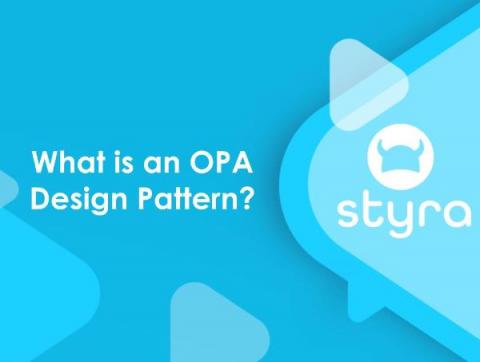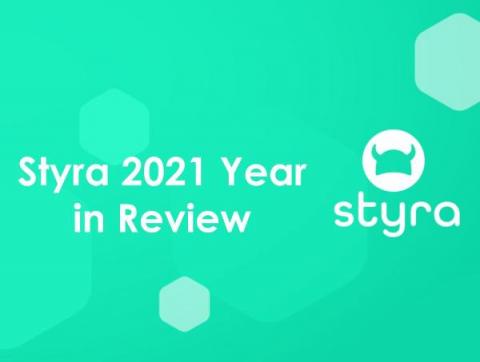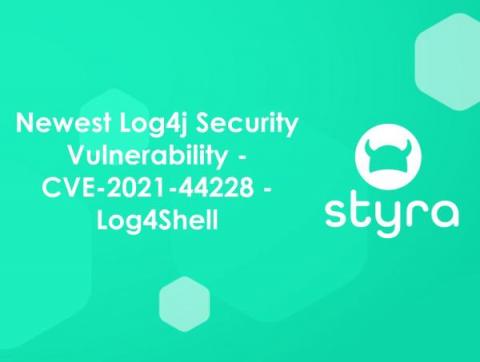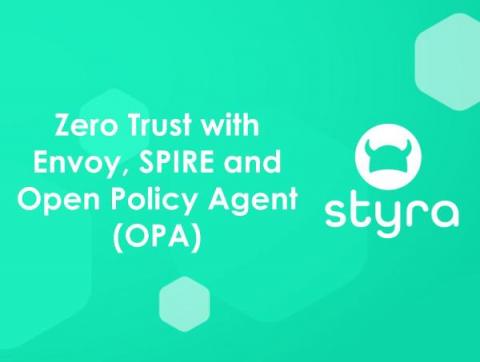What is an OPA Design Pattern?
Before we talk about design patterns for Open Policy Agent (OPA) (what they are, why they’re beneficial, what their key ideas are, and how you might try to see them in action with sample data/apps in Styra Declarative Authorization Service (DAS) Free), it’s helpful to start with some background. When we designed the OPA at Styra, we aimed to make it flexible enough to solve every authorization and policy problem in the cloud-native space (and beyond).











